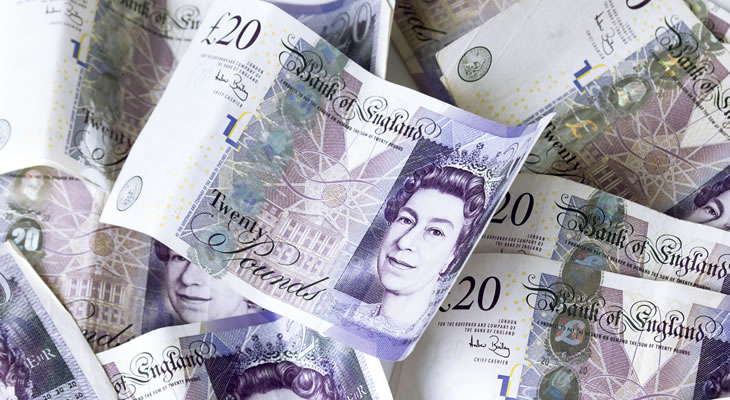Theresa May has today called a snap general election, pushing the Pound US Dollar exchange rate up 1.5% to a 10-week high.
Although the process will spark several weeks of political uncertainty, which could cause turbulence for GBP USD, markets and analysts are strongly of the opinion that Theresa May will clinch a solid victory.
Not only does this diminish instability, as the Tories would not be so at the mercy of the opposition parties due to a larger majority, but it would also help Theresa May face down dissenting voices within her own party. Adding more seats to the party’s majority increases the odds of more moderate Tory Brexiter, or Remainer, MPs to back May in Parliament.
‘The election should hand Theresa May a much bigger mandate to stand up to the harder line, anti-EU backbenchers which currently hold a disproportionate sway over her party’s stance on Brexit,’ explained Aberdeen Asset Management Investment Manager Luke Bartholomew. ‘That would be welcomed by financial markets.’
However, Director of the British Chambers of Commerce Dr Adam Marshall claimed it could distract from the most important issues facing the economy at present, arguing;
‘Many business communities will understandably be concerned that attention will inevitably shift from the economy and the intricacies of leaving the EU to a potential election campaign. Firms will want to be reassured that the key challenges facing the economy will be front and centre throughout any election period.’
Although the Pound may be charging higher, GBP USD still remains significantly below its pre-referendum levels.
Trading at 1.27 leaves Sterling down around -15% below its June 23rd levels of 1.49.
This could change, however, with many financial analysts already expecting the Pound to recover further.
Deutsche Bank, one of the biggest Sterling bears in the City, has now announced it is ‘closing out all … bearish FX trades’, labelling the election a ‘game changer’.
While the Pound seemingly only has higher to go, the opposite may be true of the US Dollar, which was weakening today even before Theresa May announced the election.
Markets continue to re-evaluate their expectations that President Donald Trump will deliver bold new stimulus measures – worth an estimated $1 trillion – and large-scale tax reforms.
Trump met with Chinese Premier Xi Jinping recently and rowed back on his anti-China rhetoric, stating that China was not a currency manipulator, despite a campaign pledge to label the country as one on his first day as President.
In a recent interview Trump also praised Federal Reserve Chair Janet Yellen – someone whom he attacked repeatedly on the campaign trail – and stated that he supported a low interest rate environment, despite having previously accused the Fed of keeping rates low to make Barack Obama’s job as President easier.
The latest policy U-turn has traders wondering whether his stimulus and tax plans are also heading for the same treatment, leaving them facing a ‘Greenback’ that has appreciated for several months to price-in something that might not actually happen.
This, combined with the fact that the Federal Reserve seems less inclined to raise interest rates than markets had expected, indicates the two largest upside risks to the US Dollar could be quickly evaporating, leaving the door wide open for further GBP USD appreciation.
Indeed, Goldman Sachs stated in a note yesterday that ‘a number of fundamentals have changed on the margin, such that the long-Dollar story no longer warrants a place among our ‘Top Trades.” Goldman pointed towards the worsening Fed outlook, improving economies across the world and the Trump administration’s ‘slow start’ on fiscal stimulus and tax reform.


Comments are closed.